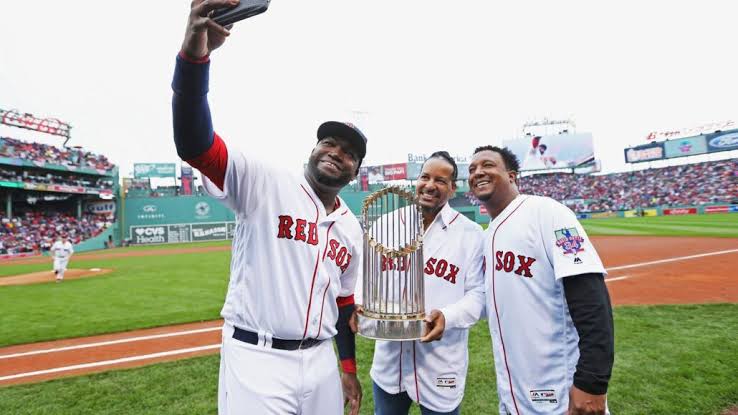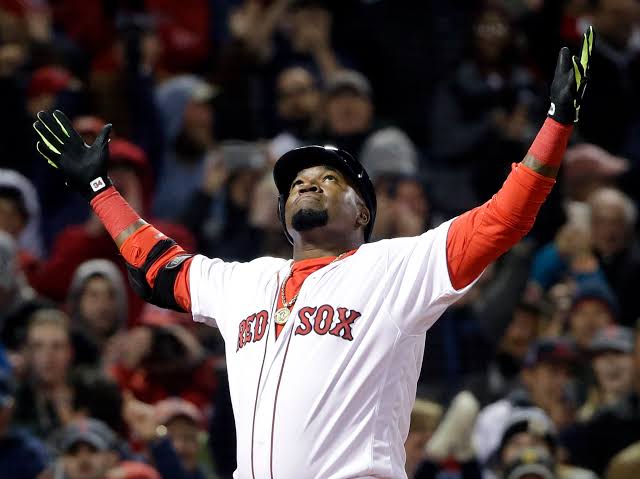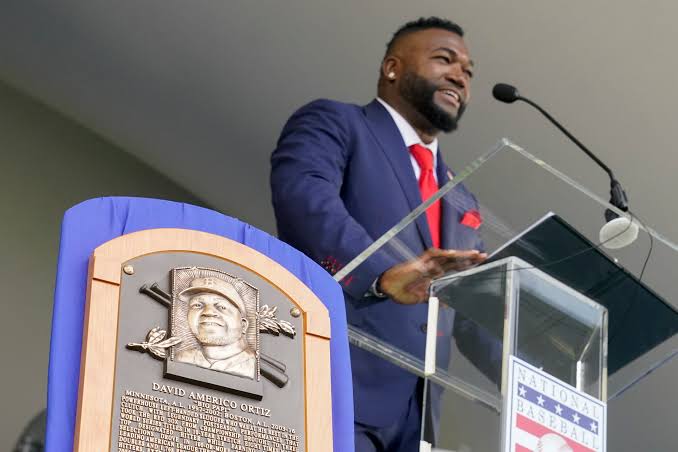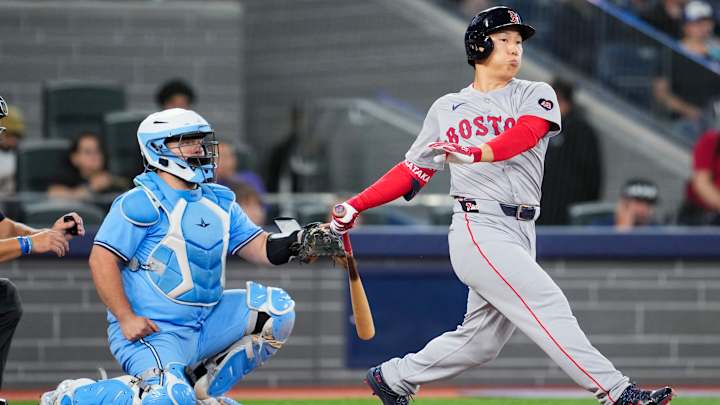
The recent trade between the Boston Red Sox and the Cleveland Guardians has generated significant attention for its potential to reshape the pitching landscape for both teams. The deal sees the Red Sox part with their prized outfielder, Masataka Yoshida, in exchange for much-needed pitching depth from the Guardians. While trading Yoshida may seem like a bold move for Boston, it’s a decision that could help the team improve its rotation, an area that has seen significant struggles in recent years.
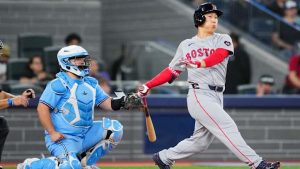
Masataka Yoshida, who joined the Red Sox in 2023 from Japan’s Nippon Professional Baseball (NPB), had a promising debut season. Known for his disciplined approach at the plate, Yoshida quickly became one of the most reliable hitters for the Red Sox. His ability to make contact, hit for average, and get on base made him a valuable offensive asset. In his first year with the team, Yoshida posted a solid .289 batting average and an impressive .351 on-base percentage. His plate discipline and approach to hitting left many analysts praising his ability to seamlessly transition from Japan’s top league to Major League Baseball.
However, despite Yoshida’s strong offensive contributions, the Red Sox faced ongoing challenges with their pitching staff. Over the past few seasons, the team’s starting rotation has been inconsistent, and they’ve struggled to find reliable arms to anchor the pitching staff. Key injuries and underperformance from various pitchers have left the Red Sox with a glaring need for additional depth in the rotation. In response, the front office decided to trade Yoshida in hopes of addressing this weakness, sending him to the Guardians in exchange for two pitching prospects with high upside.
The Cleveland Guardians, who have long been known for their strong pitching development, have bolstered their own offensive capabilities with the addition of Yoshida. The Guardians have struggled with consistency in their lineup, and Yoshida provides them with an immediate upgrade. His ability to hit to all fields, combined with his disciplined approach, should immediately fit into the Guardians’ lineup and give them a much-needed offensive spark.
For the Red Sox, the trade is a reflection of their desire to improve in a critical area. The two pitching prospects acquired in the trade, while not yet established in the majors, have the potential to make a significant impact in the near future. Both pitchers are known for their strong fastballs and developing secondary pitches, and the Red Sox believe that with the right development, they could contribute to a much stronger rotation.
This trade, while tough for the Red Sox to part with a promising bat like Yoshida, could ultimately strengthen their pitching staff for years to come. Yoshida’s departure leaves a gap in the outfield, but Boston has the depth to fill that void, potentially through internal options or additional trades. In a division as competitive as the AL East, where pitching depth is crucial for success, the Red Sox hope this move will put them in a better position to contend.
Ultimately, this trade is a calculated risk. If the young pitchers pan out and contribute immediately, the Red Sox could be better positioned for sustained success. However, if Yoshida flourishes in Cleveland, Boston may be left lamenting their decision. Only time will tell if this trade will pay off, but it underscores the Red Sox’s commitment to building a more balanced team with pitching at the forefront.
